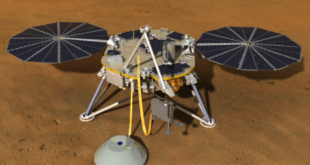By Timothy Jiang
One of the most eye-catching features of Tesla cars when first announced was its Autopilot ability. People were skeptical at first, but now assisted driving is ubiquitous. Though most commonly seen in luxury vehicles, many car manufacturers such as Nissan, Ford, Toyota among others have begun to adopt the technology.
The most common form of assisted driving utilizes sensors or cameras placed throughout the exterior of the car. They detect objects around the car, such as road signs, other cars, and pedestrians and steer, brake, and accelerate accordingly. Many manufacturers have utilized the technology, with some like Tesla’s Autopilot and Nissan’s ProPilot Assist making changes to make it their own and others have shared technology from the same provider. An example of the latter is Mobileye, which is used by multiple major car manufacturers.
Among the concerns surrounding automated driving, the most prevalent is whether the technology is safe. Many consumers are still hesitant to use even assisted driving features thinking that while it may seem more convenient, there is always the risk of the technology failing. Proponents of assisted driving argue that allowing the car to make decisions eliminates human error. Humans are incredibly unpredictable, which reflects in their driving. On the other hand, there is the chance the software itself fails. The computer programs used may not be able to accurately navigate the car, for example if the car encounters something unexpected, is in an unfamiliar environment, or mistakes objects for other objects. In those cases, it could be even more dangerous than having a person in control of the car.
That said, a large number of proponents argue that self-driving cars would be a more efficient form of transportation. If cars on the road were controlled by computers, they would be able to communicate with each other, determine the fastest routes to take, and even eliminate traffic. Of course, this would only work well if the majority of cars were autonomous.
To sum up, the development of autonomous cars has benefits and detriments . Currently, fully automated cars are not in use, although Tesla is working hard to make it a reality within the next year or so. If cars were ever to become fully autonomous; however, we would need new laws and restrictions put in place. Because this hasn’t been fully tested on a grand scale yet, there are still many unknown consequences that may result.
 Tempus Magazine By Students, For Students
Tempus Magazine By Students, For Students 



